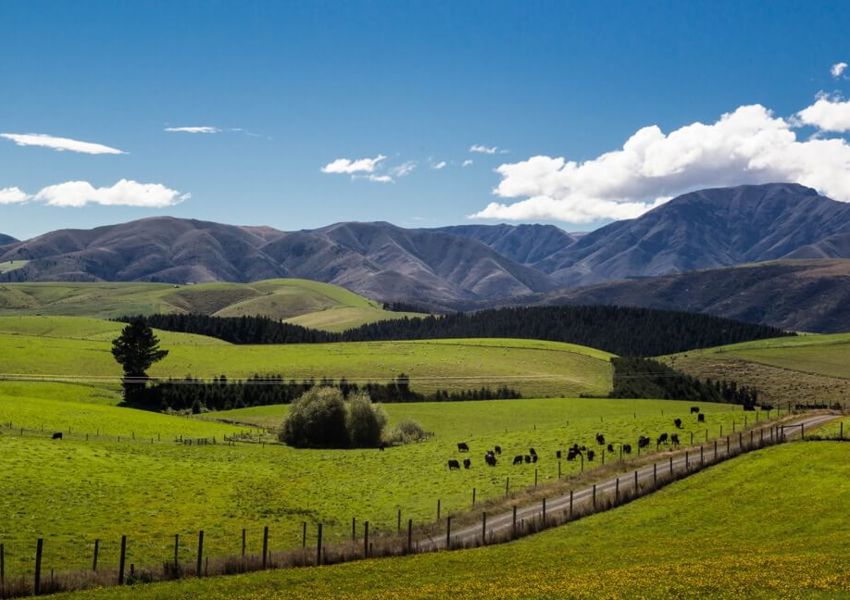

How farmers can generate income through carbon farming
Carbon farming is becoming an increasingly popular solution for farmers looking to reduce their carbon footprint and generate extra income. This approach involves increasing organic matter in the soil, minimizing costs, and earning additional revenue through carbon credits. It can even give farmers access to better financial incentives from banks or institutional investors.
Carbon credits operate like a type of crop: entities that emit carbon have to reduce their emissions or pay for the efforts of farmers or others who are removing carbon from the air. Each credit represents one metric ton of carbon reduced or removed. With the growing demand from businesses to buy carbon credits from farmers, it's clear that carbon farming will be the future of agriculture.
So how does carbon credit farming work? Crops, grasses, and other plants sequester carbon dioxide from the air, but they also release it when they decompose. Proper soil carbon capture and farming practices can draw down CO2 very well, however. Carbon credits are created based on the amount of carbon sequestered by the soil, which represents the emissions reduced above the soil.
Farming practices that yield carbon credits offer financial incentives and create environmental and social co-benefits. They also help extend benefits to farmers and society at large. The unpredictable yields caused by climate change are a growing concern for farmers, but the extra income from carbon credits can help to offset these concerns. The growing demand for carbon credits has also spurred the creation of programs and pledges by giant food retailers and agribusiness.
To earn carbon credits, farmers need to consider their farming practices carefully. Specific activities like regenerative farming can give farmers the potential to turn their farms' ability to sequester carbon into cash. There are a range of market mechanisms necessary to achieve anything near the level of land use change needed to meet the global net-zero target.
Farmers can get carbon credits from any of five sources: agroforestry, peatland restoration and management, enhancement of organic carbon content on soils, nutrient management on cropland and grasslands, and livestock and manure management. Crop growers, in particular, can generate credits by shifting to carbon farming practices that enhance soil health and mitigate climate change by storing carbon in the soil.
Adopting carbon farming practices is just one step in the process of generating carbon credits. Farmers must work with carbon program providers to ensure that their practices are robustly measured and assessed. They must gather baseline farm data to understand which carbon farming practices are best suited to their unique farm conditions. Together with their provider, farmers then develop a carbon farming plan that outlines the practices that will eventually lead to creating carbon credits.
It's important to note that some may falsely claim to achieve certain carbon reductions without proper verification. The verification process is crucial to ensuring that real carbon reductions have taken place. Once carbon credits are issued, farmers can trade them in a carbon market where buyers seek to offset their own emission reduction goals. The annual value of the global carbon credit market is expected to grow to $100 billion by 2050.
For farmers, carbon farming offers a way to generate new revenue through carbon credits. Making their farms more profitable and environmentally friendly while supporting climate change mitigation efforts.